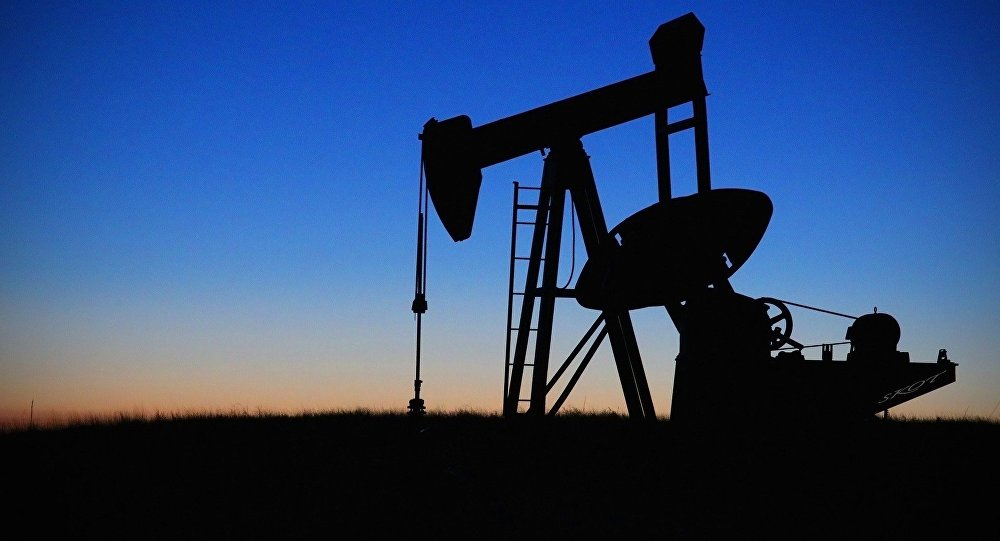Russia increasingly looks like the biggest factor for an oil price to jump in 2016.
“As headlines continue to pile onto the possibility of a coordinated cut between OPEC and Russia, its swing factor status appears justified,” RBC Capital Markets’ global head of commodity strategy Helima Croft told Business Insider.
She also preconditions for Moscow and Riyadh to start negotiations to reduce output, including a series of meetings between Russian President Vladimir Putin and Deputy Crown Prince of Saudi Arabia Mohammad bin Salman, who is the de-facto leader of the kingdom. The talks resulted in a $10 billion economic agreement. In addition, Saudi Arabia is interested in buying Russian weapons and has expressed readiness to cooperate with Moscow on a range of issues.
“Hence, we believe that there is an existing dialogue channel that could be used to coordinate joint action,” Croft argued.
Oil prices jumped eight percent after Russian Energy Minister Alexander Novak said a meeting is possible between OPEC and non-OPEC countries, and that the Saudis proposed a five-percent cut in output for each OPEC member. Then, however, OPEC dismissed claims that Saudi Arabia made a proposal to Russia.
“The date doesn’t depend on our decision. We can meet at any time. Now, it is being discussed with other countries,” Novak commented on the possible meeting.
He also underscored that the Russian Energy Minister had not done calculations on the possible output cut.
“Everything is possible in theory. It was possible a year ago, a month ago. Nothing new has happened,” press secretary for Russia’s Rosneft Mikhail Leontyev told Financial Times.
“In any case, there’s ultimately no guarantee that we’ll see a Russia-Saudi joint cut in the near term, even though things seem to have lined up for it. After all, Russia-OPEC coordination hasn’t had the greatest record. But it does look as if Russia is the big player to keep an eye on right now,” Business Insider concluded.
